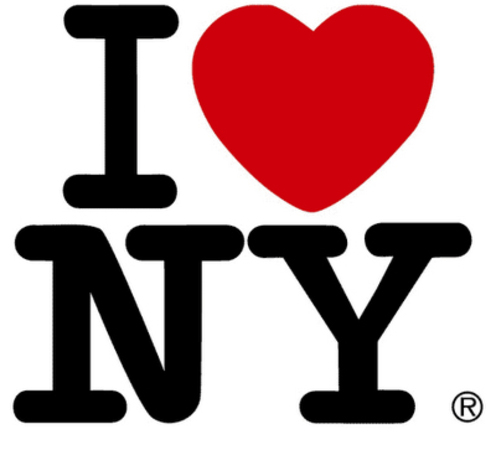A major force in the history of Typography is arguably The International Style, also known as the Swiss Style. This is the style that is most firmly planted in my mind as being a 20th century methodology that has shaped modern typography. Though decades have passed since this style rose in popularity, it is still a methodology of sorts that is still used today.
The International Style came about in 1950’s Switzerland where the hallmarks of modern style began. It is characterized by the use of flush left sans-serif fonts and the use of a grid to create clean, readable and objective design concepts. International Style relies on strong and vibrant color, geometrical forms and effective photographic images as elements. Layouts are based on a mathematical grid and elements are planned out in accordance to this structure. The grid system and strong typographical statements gives the Swiss/International style that certain look and feel. From the 1550’s to 1960’s this style dominated the commercial design scene.
ITS had its origins in the 1920s and 1930s when designers were developing new ideas to coincide with industrialization and technological advances. Printing technology was advancing and growing and a clean readable font was required. The sans-serif font of the Swiss style was an answer for that. Jan Tschicholds 1928 book Die Neue Typographie was a major influence of Swiss style designers as well. This style was not only a response to new technologies but also also an outlook by designers who saw there work as useful and as elements of social change.
The Swiss style is still important today, especially in the arena of corporate design. The focus on legibility and cleanliness are still important facets of logo design, government and corporate. The simple and flat designs of the time period which sought to remove excessive ornamentation was criticized as being cold and formulaic, but Swiss Design has an important place in the 20th century and today. The idea that designers are not only artists but should also be aware of there social responsibility, and also problem solvers trying to fix problems associated with technology, accessibility and readability, are just as relevant today.
The International Style was an important style in terms of its place in typographical design history and its influence today. The method in which designers such as Joseph Muller-Brockmann and Max Bill chose to tackle design problems is the basis for modern Graphic Design theory. The Swiss Style was created in an era of scientific advances, social strife and war. Today is an era of scientific advances, social strife and war. The lessons learned from ITS are no less relevant in the world of mobile devices, web accessibility and marketing.












